Looking at the escalating legal battle between Apple and the European Union over the Digital Markets Act, it is hard not to see a pivotal moment. One that could reshape how we use our technology for years. Apple's challenge to the EU's Digital Markets Act is not just another corporate spat, it is a clash between two very different visions of digital ecosystems.
The scope of Apple’s legal offensive shows how deeply the company believes the DMA threatens its core model. Originally Apple raised targeted challenges; its broader appeals and filings against DMA specification decisions were lodged publicly in 2025. Piecemeal challenges did not cut it, so Apple moved to attack the foundation, the way the EU defines and regulates digital gatekeepers.
The stakes could not be higher, and both sides are digging in. The EU Commission has made clear it has no intention of repealing the DMA, which became EU law in 2023 and has been fully effective since March 2024. This confrontation could influence innovation, competition, and consumer choice for years. The immediate impact is already clear, EU users are missing features that work elsewhere, creating a two tiered Apple experience based on geography.
Apple's three-pronged legal strategy
Apple built its case around three pressure points. Apple is challenging the European Union's Digital Markets Act on three fronts: requirements for rival hardware compatibility with iPhones, the inclusion of the App Store under DMA rules, and investigations into iMessage regulation. Why those three? Together they go at the DMA’s core logic.
Hardware compatibility is the most technical, and Apple says it is the strongest on security. Apple argues that forced compatibility with competitor hardware endangers privacy, security, and intellectual property rights. That risk is not theoretical, forcing Apple’s security protocols to work with devices that do not meet the same standards could open the very holes the integrated design tries to close.
The App Store argument questions the DMA’s definitions. Apple claims the App Store is not a singular service as defined by the DMA. If that sticks, regulators would have to rethink how they classify digital services, because Apple frames its curated app distribution as fundamentally different from a traditional marketplace.
The iMessage piece targets the revenue logic behind gatekeeper status. Apple argues that iMessage should not be regulated as it does not directly generate revenue. If a service is not monetized directly, Apple asks, how can it be treated as a gate to a market?
Innovation delays and feature fragmentation
Here is where users feel it. The DMA is not just a legal headache, it is changing which features EU customers get and when. Apple pointed to delayed features, like enhanced Siri capabilities and Apple Intelligence integrations, as casualties of regulatory overreach.
Real examples tell the story. Apple has delayed the launch of live translation via AirPods and the ability to mirror iPhone screens on Mac due to DMA requirements. Live translation through AirPods could change cross language conversations, yet EU users cannot access it because the DMA requires Apple to make these features work with competitor products first.
The geography twist is almost comic. Apple initially restricted Live Translation on AirPods for EU-based Apple accounts; Apple later announced EU availability in early November 2025 (see Apple regional feature page, 2025-11-04). Neighbors separated by a short drive, speaking similar languages, end up with different access to the same tech because of a border.
The deeper issue, the DMA requires Apple to make certain features work on non-Apple products and apps before we can share them with our users. Every major feature now waits while engineers build compatibility with rival devices and services. Think Formula 1 teams pausing upgrades until they also work on NASCAR cars.
Apple has voiced concerns that these alterations degrade the seamless user experience that customers bought into. Compliance jumps ahead of user experience, which is the opposite of what many want from their devices.
Security concerns and ecosystem integrity
Security is Apple’s bedrock argument. The company warns of concrete vulnerabilities that could flow from the DMA’s requirements. Mandates like allowing third-party app stores and sideloading could expose iPhone users to malware and data breaches.
Security researchers point to known attack paths in open ecosystems. The regulation could compromise existing security measures by requiring dominant platforms like Apple to open their ecosystems to third-party developers and devices. More access points, more chances for bad actors.
One of the most concerning vulnerabilities is the potential for Direct Memory Access attacks, where high-speed ports could be exploited to bypass operating system security protocols. That can expose memory, encryption keys, and personal data. Apple’s current model blocks those paths precisely because the company maintains strict control over its software and hardware access to prevent unauthorized entry.
There is also the day to day reality of DMA requests. Since introducing the EU's DMA, Apple has received over 100 developer requests requiring substantial software modifications. Notably, many requests, including making AirDrop compatible with Android devices, appear more focused on circumventing security measures than addressing genuine user needs. That pattern looks less like user benefit and more like pressure to weaken guardrails competitors do not have.
The broader implications for Big Tech
This fight is bigger than Apple. Apple's argument extends beyond its own operations, potentially setting precedents for other tech giants like Google and Meta.
EU regulators are not standing still. The European Commission is reviewing the DMA's impact and considering expanding its scope, including markets like cloud computing. If Apple loses, every major platform could face demands to open systems, share innovations, and rethink business models.
Others are watching. Responses to the EU consultation come as the Competition and Markets Authority (CMA) in the UK prepares to publish its own final designation decisions on the technology firms to first be classified as having strategic market status (SMS). The UK, Japan, and more are tracking this as they design their own rules.
At heart sits a philosophical split. [The EU is trying to fix market structure with prescriptive rules, which companies like Apple argue smothers innovation](https://apple.gadgethacks.com/news/apple-attacks-eu-digital-markets-act-in-bigg est-court-test/). Call it Brussels rulemaking versus Silicon Valley integration, structure versus speed.
The ripple effects land in trade too. Geopolitics and international trade considerations will remain relevant too - even if indirectly - where competition regimes seek to regulate digital markets, given the potentially significant implications for technological innovation, business investment, and consumers, and often involving major US-based firms. Apple’s case could tip how countries balance innovation incentives and control.
What's next in this high-stakes confrontation?
Resolution will take years, and the result could reset the relationship between tech companies and governments. This is set to run for years and will shape how platforms operate and how much control they keep.
Two paths, very different futures. If the General Court sides with Apple, it could lead to a reevaluation of how antitrust laws apply to digital ecosystems. Regulators worldwide would need to recalibrate, and the integrated ecosystem model could keep its momentum.
Or not. A loss might force Apple to further open its platforms, creating the fragmented world Apple says hurts innovation and user experience. That would mean deep changes to how products get designed, developed, and delivered.
The stakes are so high that one line jumped off the page, Apple has hinted at halting shipments to the EU if compliance becomes untenable. Maybe it is posturing, maybe not. It does show the scale of the shift the DMA could force.
Complicating matters, rules keep moving. Under the DMA, the European Commission's interpretation of the rules is constantly changing, which makes long term planning tough and feeds Apple’s argument about legal certainty.
Bottom line, this is not a tidy fight over technical checkboxes. It is a defining battle over how modern tech should work. The outcome will decide whether integrated ecosystems like Apple’s keep thriving or give way to enforced openness and a more fragmented, lowest common denominator design. For Apple users, software developers, and anyone who cares about progress, the courtroom result will shape how we use digital tools for the next decade. Two visions stand face to face, Apple’s integrated model versus Europe’s mandated openness. Whichever side wins will set the tone for the entire industry.




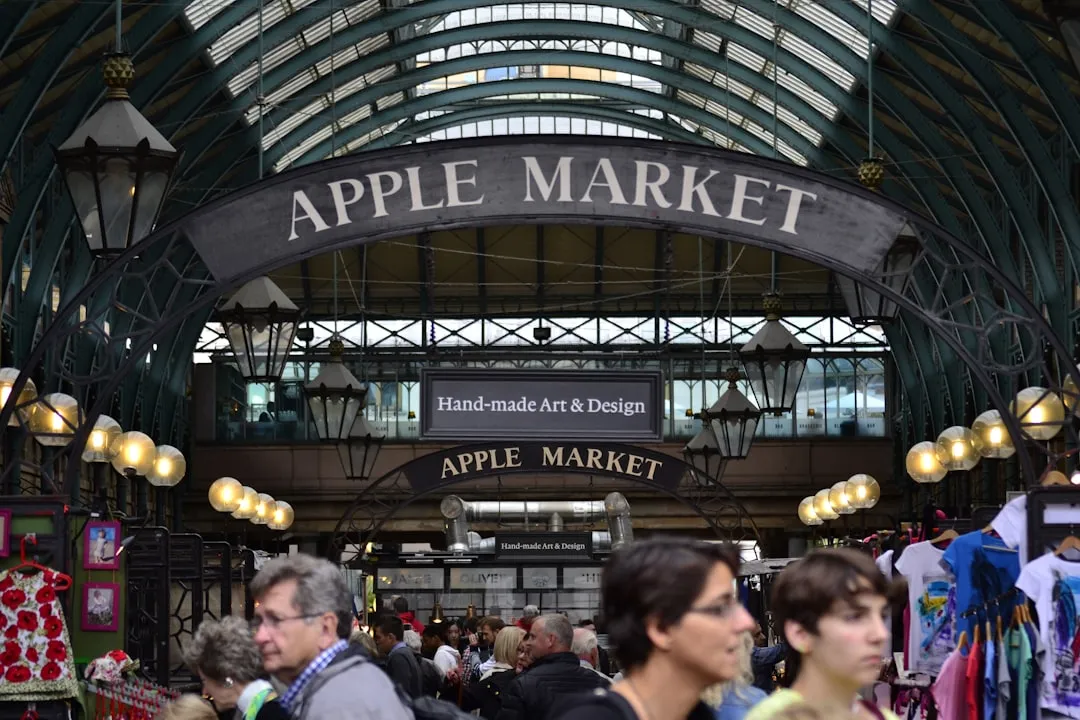

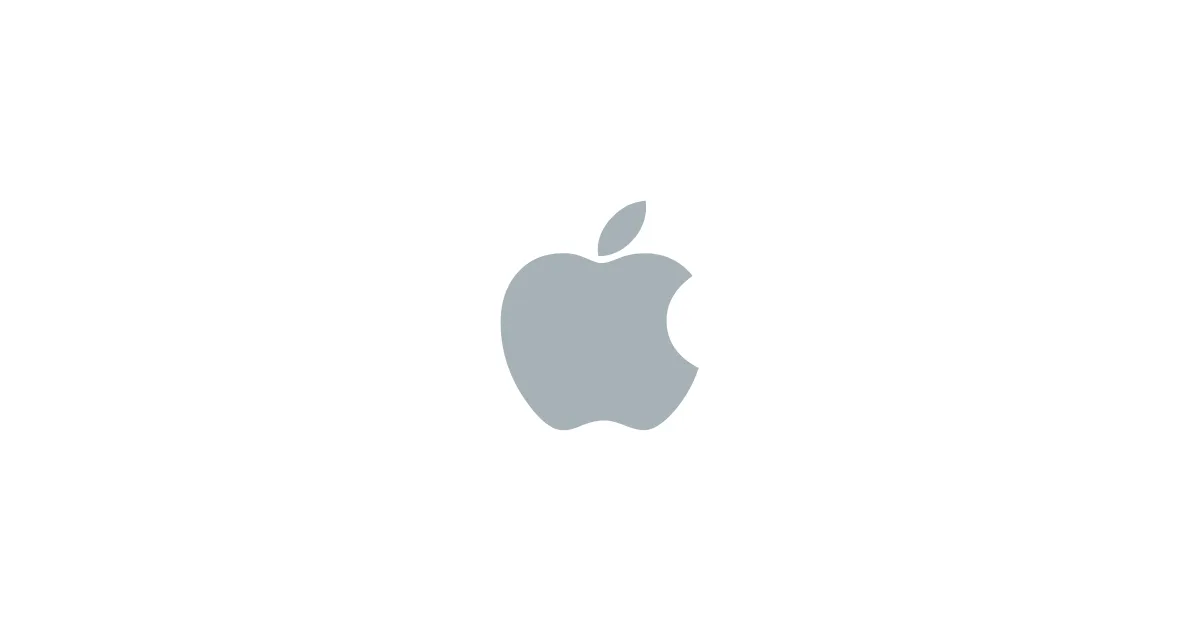
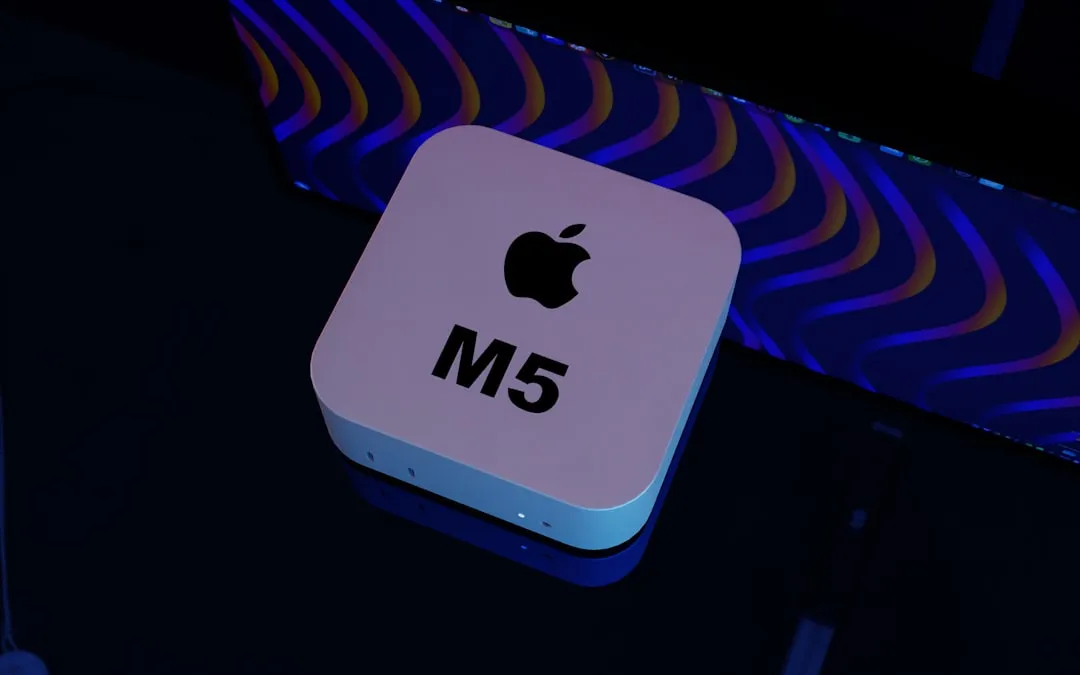
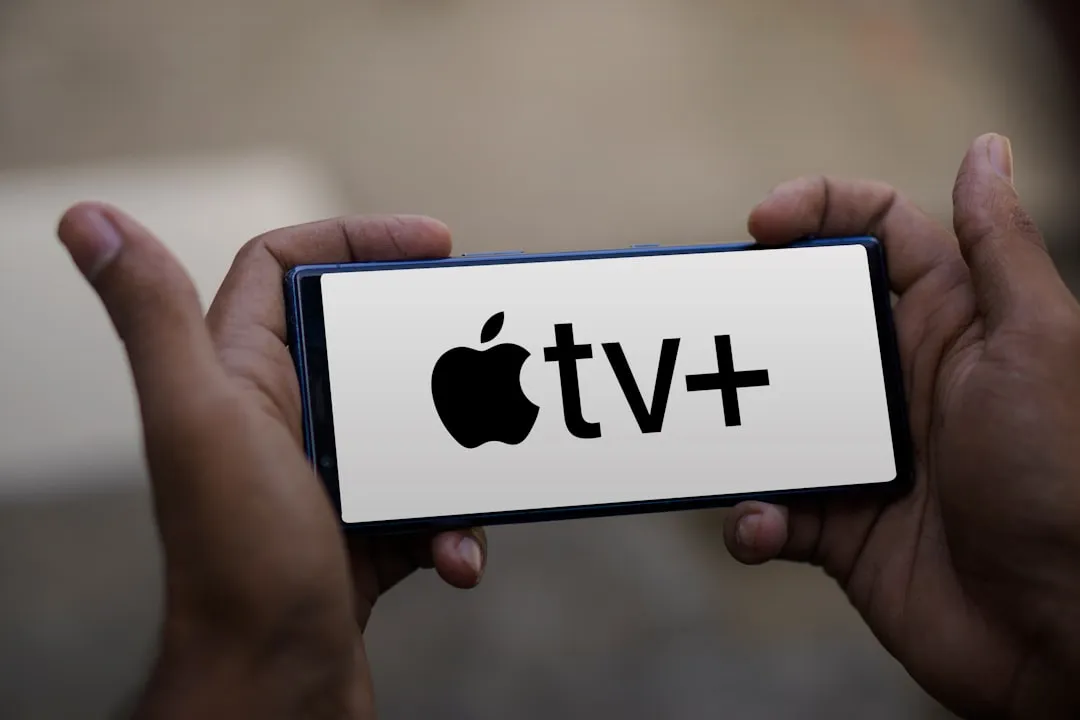
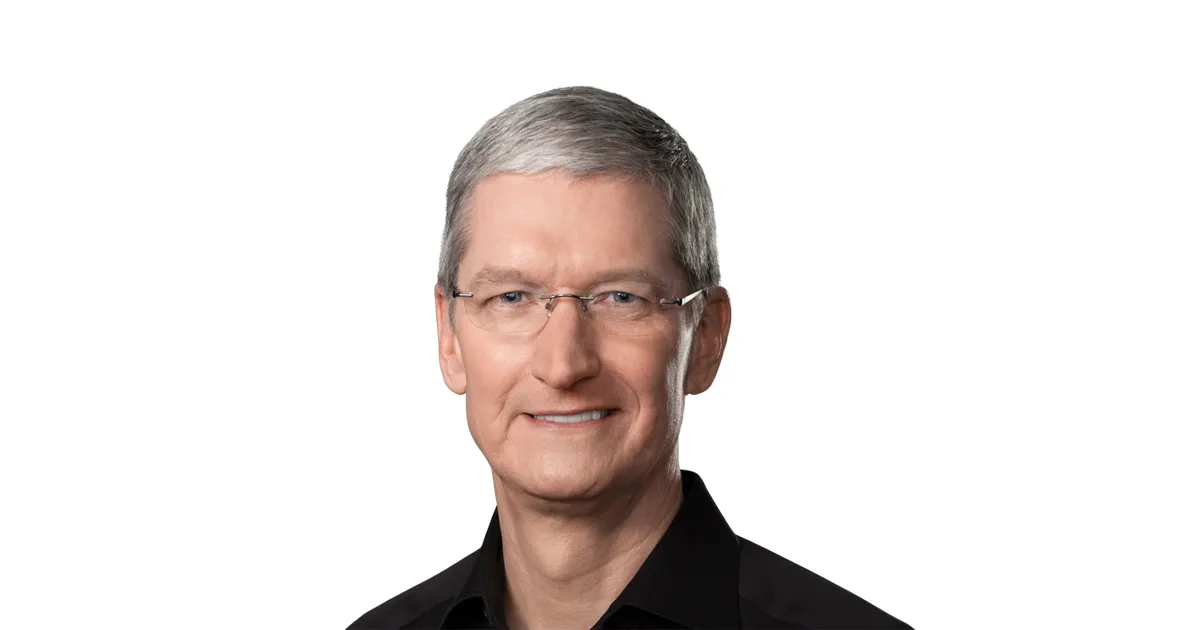
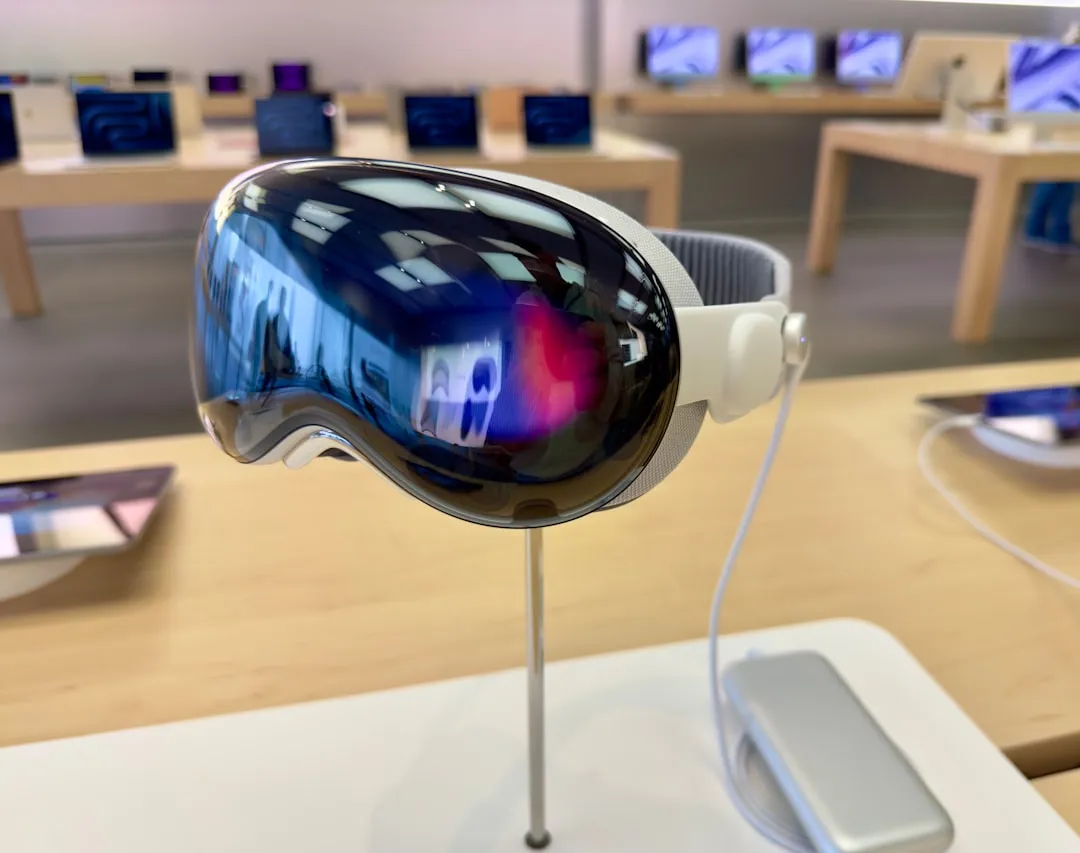
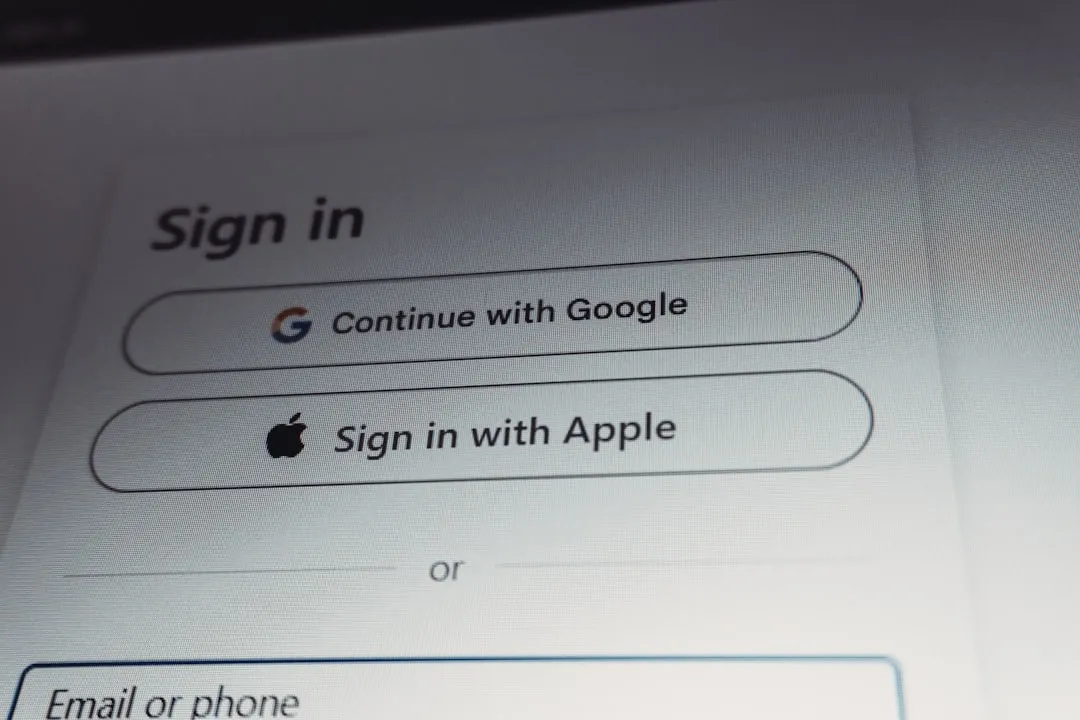

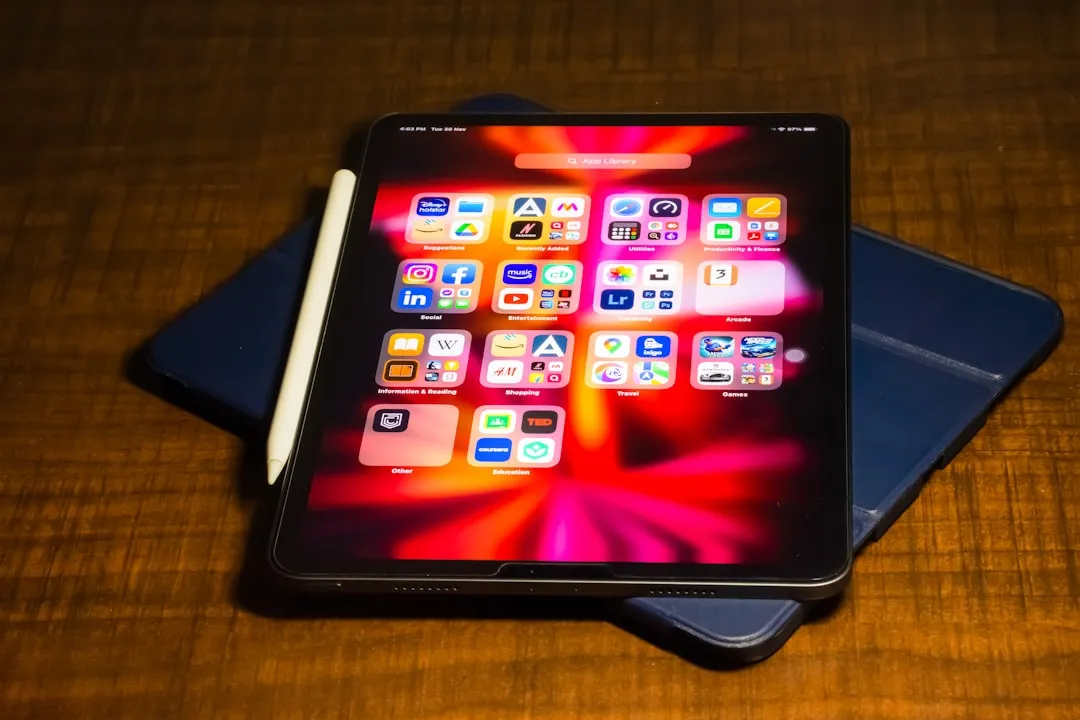
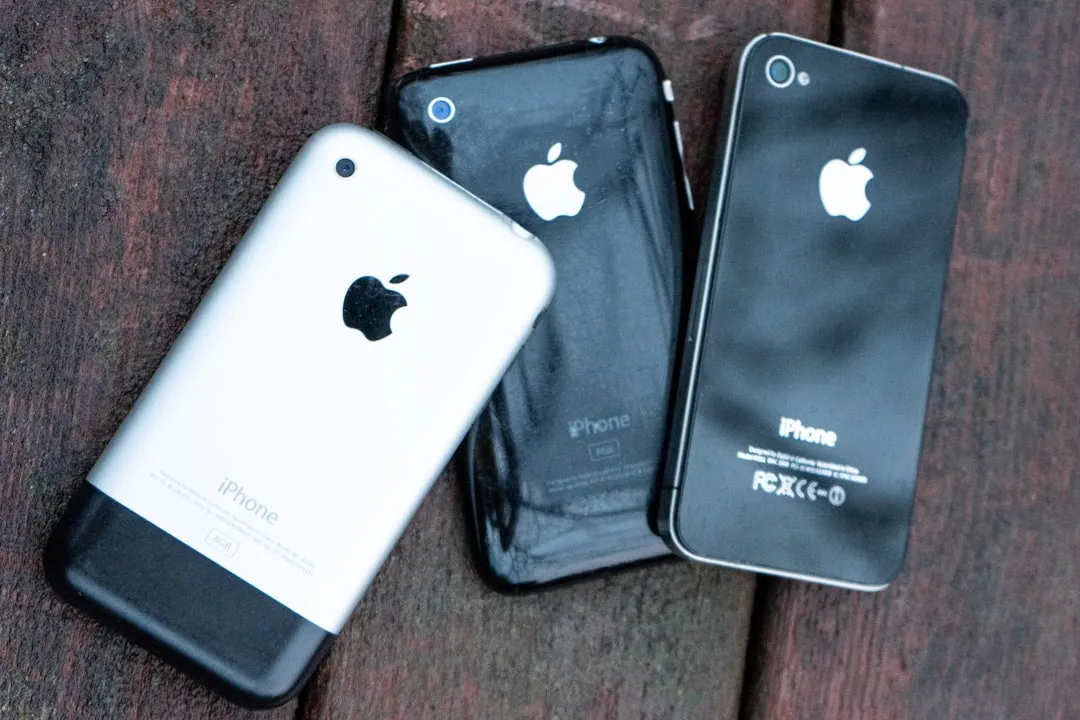
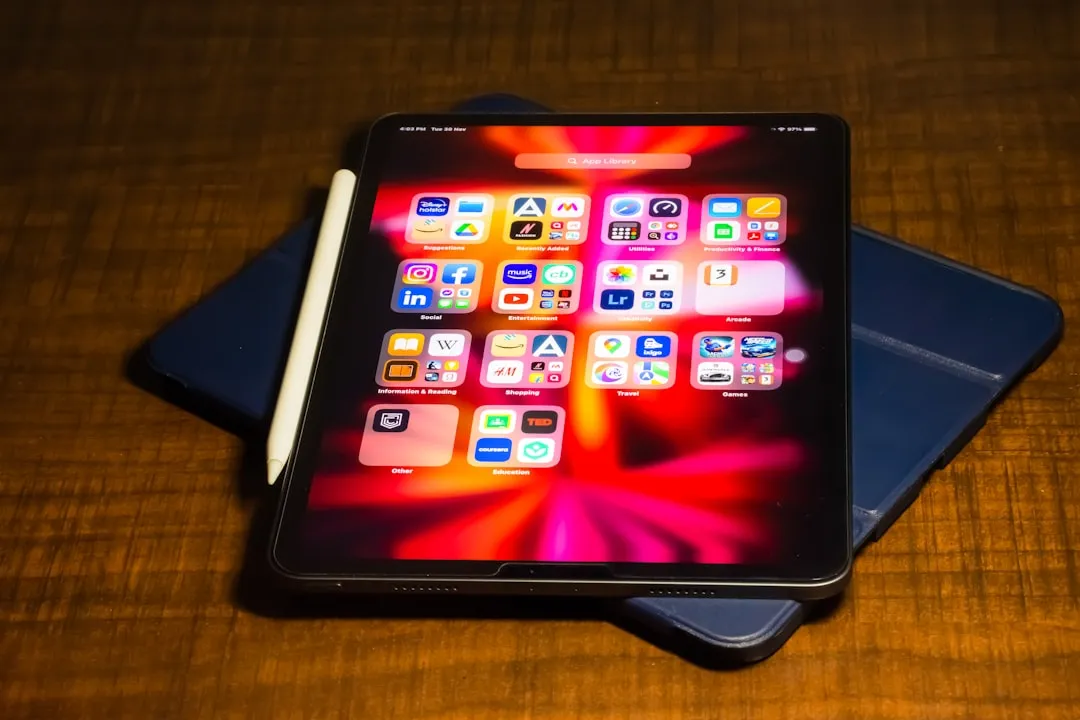

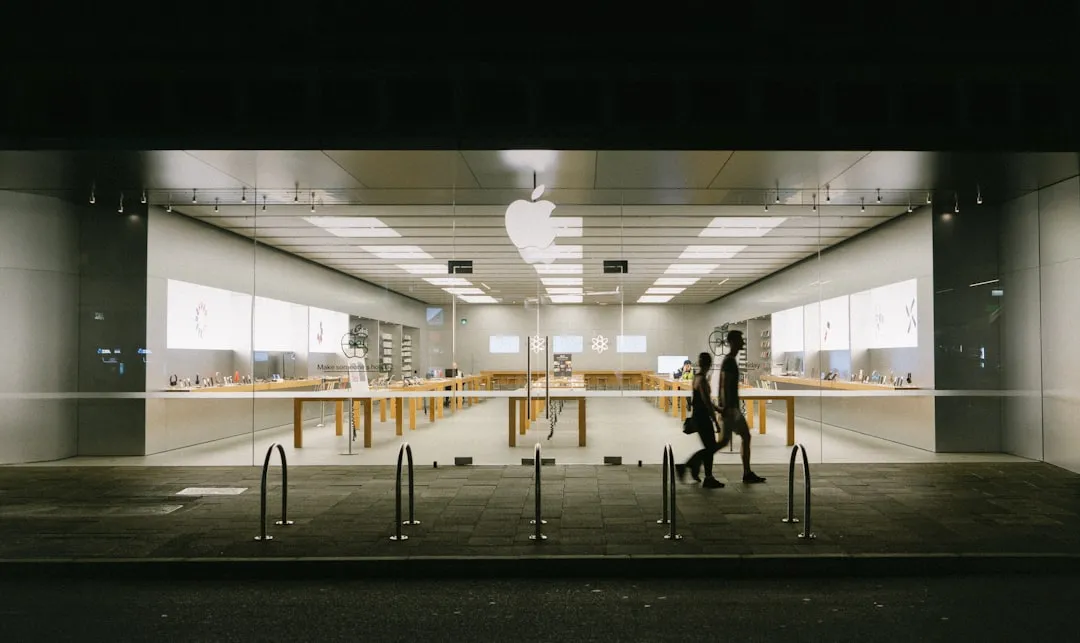
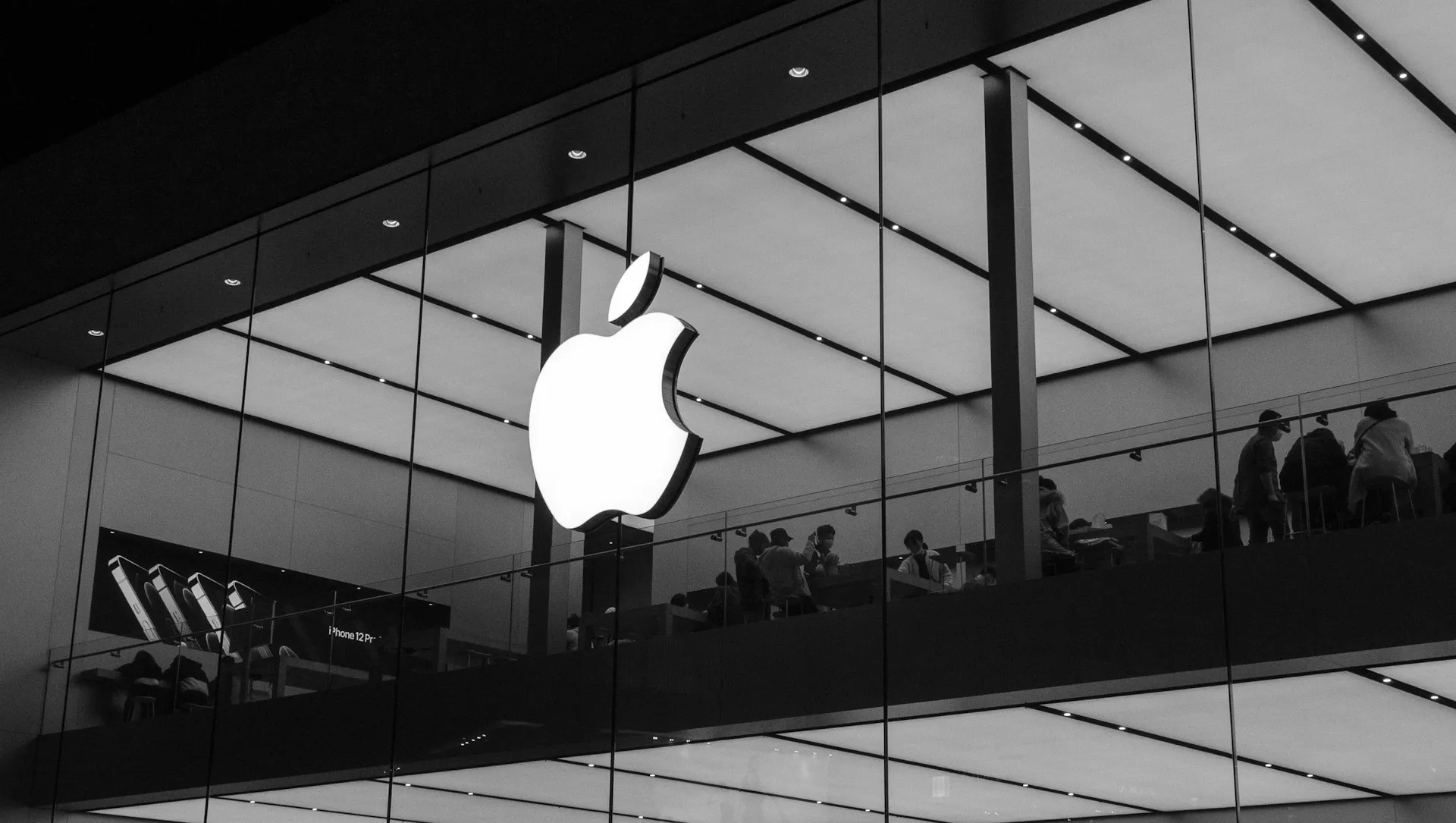
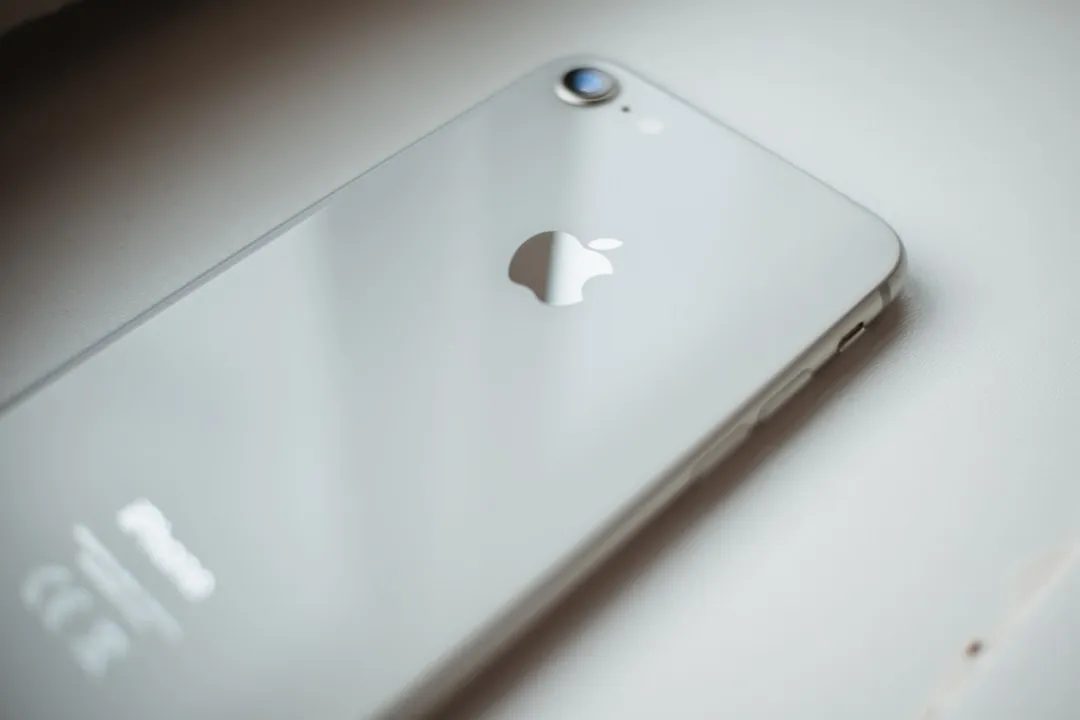


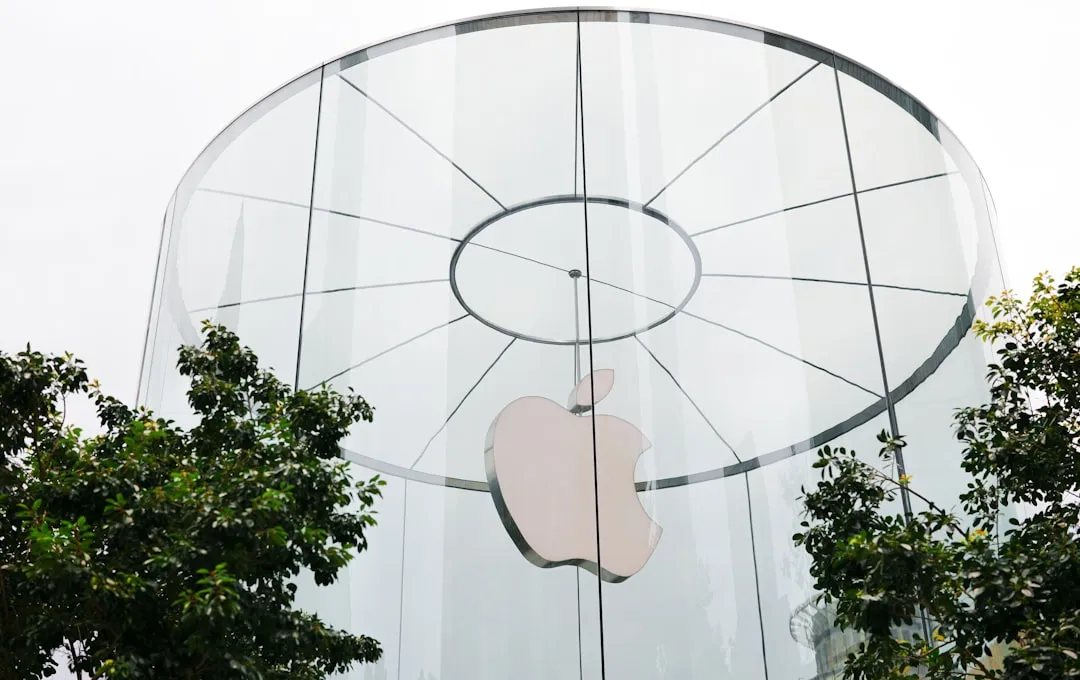


Comments
Be the first, drop a comment!